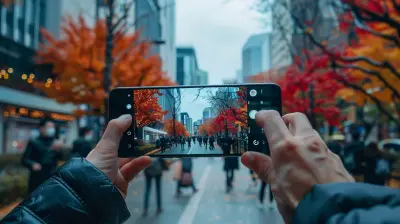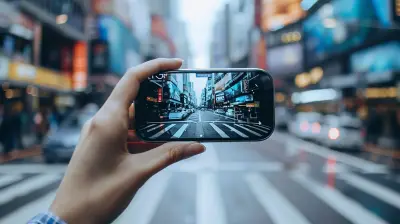The Role of 5G in Enhancing Public Safety
5 August 2025
We all know 5G is changing the game when it comes to faster internet and better smartphone experiences. But did you know it’s also set to play a massive role in public safety? Yep. This next-gen wireless technology is not just about quicker downloads—it's about saving lives, responding faster to emergencies, and keeping communities more secure.
In this article, we’re going to unpack how exactly 5G is reshaping the public safety landscape. From helping first responders get the job done more efficiently to enabling futuristic tools like drones and smart surveillance, this tech is making a real-world impact. So grab your coffee (or energy drink), and let’s break it down.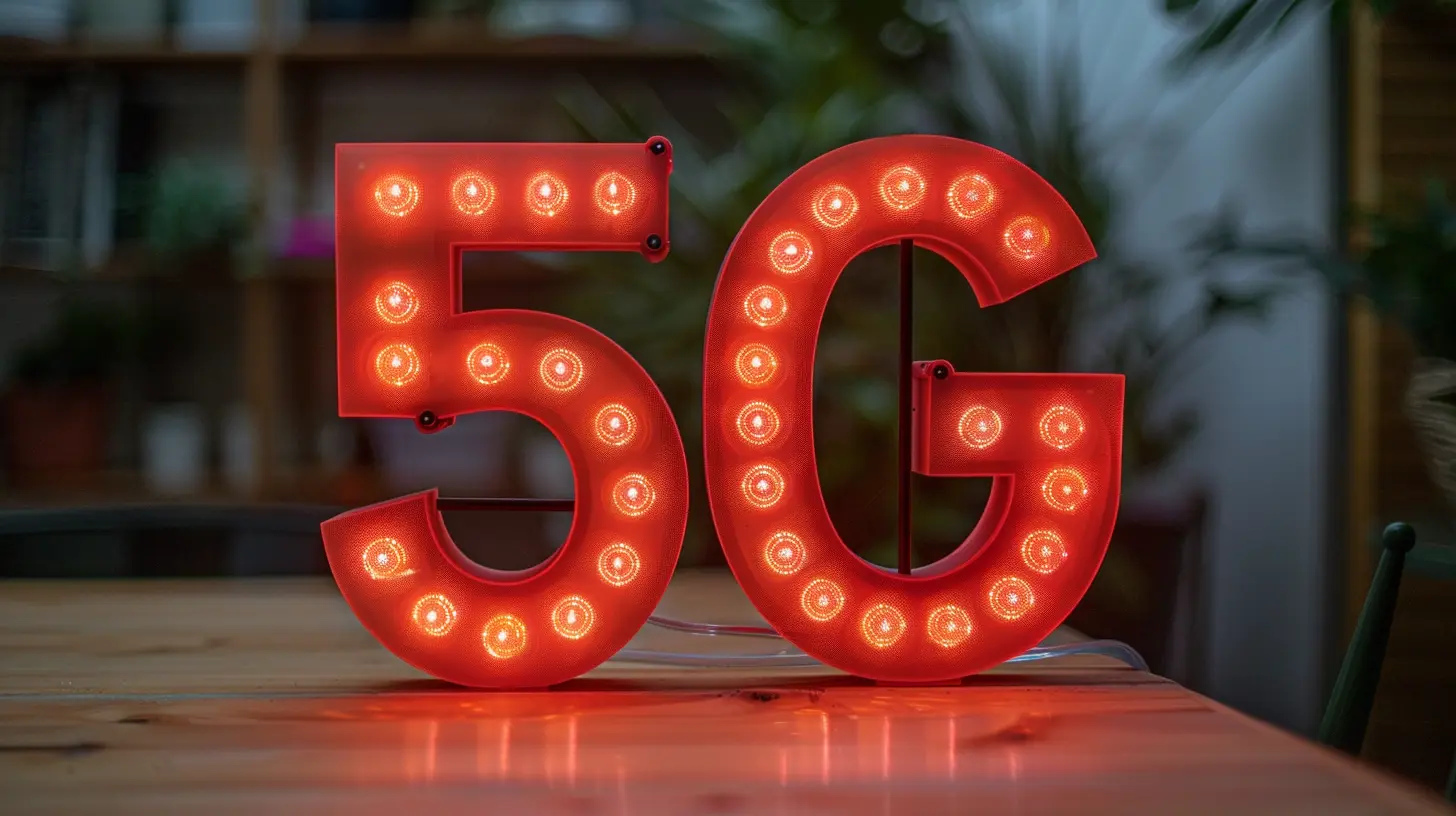
What Exactly Is 5G?
Before we dive into the public safety stuff, let’s clear the air: What is 5G?5G stands for "fifth generation," and it's the latest iteration of mobile network technology. It's way faster than 4G, like shockingly fast. We're talking about speeds up to 100 times faster and latency (or delay) reduced to a mere blink—literally milliseconds.
This low latency and high-speed connection open up a world of possibilities not just for personal gadgets, but for critical communication systems used by police, firefighters, EMTs, and more.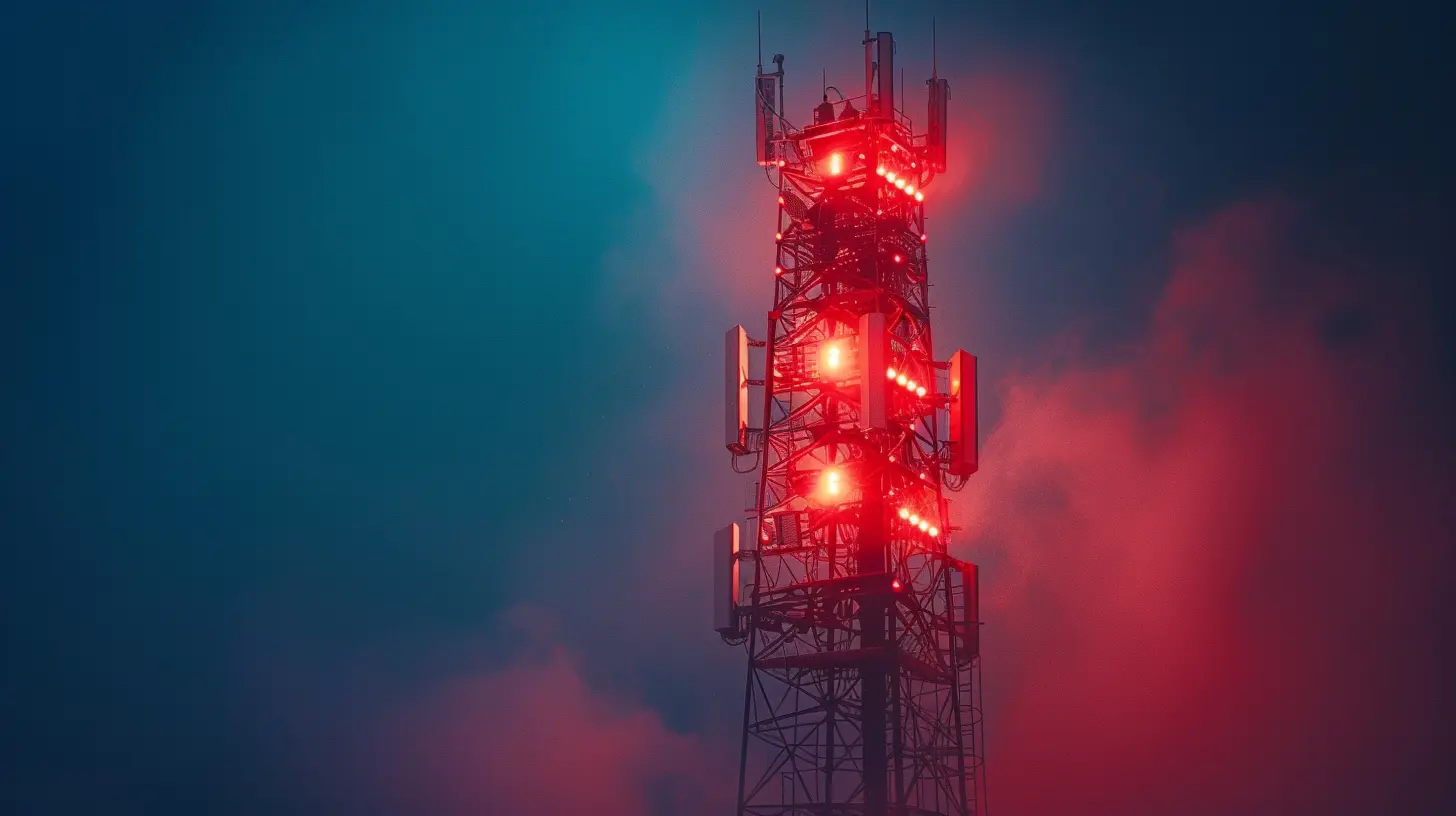
Why Public Safety Needs an Upgrade
Let’s be real. Many of today’s public safety systems still rely on outdated tech like analog radios or laggy data networks. That might’ve worked in the past, but it's no match for the challenges emergency services face today.Time matters. In emergencies—whether it's a multi-car pileup, a building fire, or a school lockdown—even a few seconds can mean the difference between life and death.
First responders need real-time information, GPS tracking, high-def video, and the ability to communicate seamlessly across different departments. That’s where 5G comes in.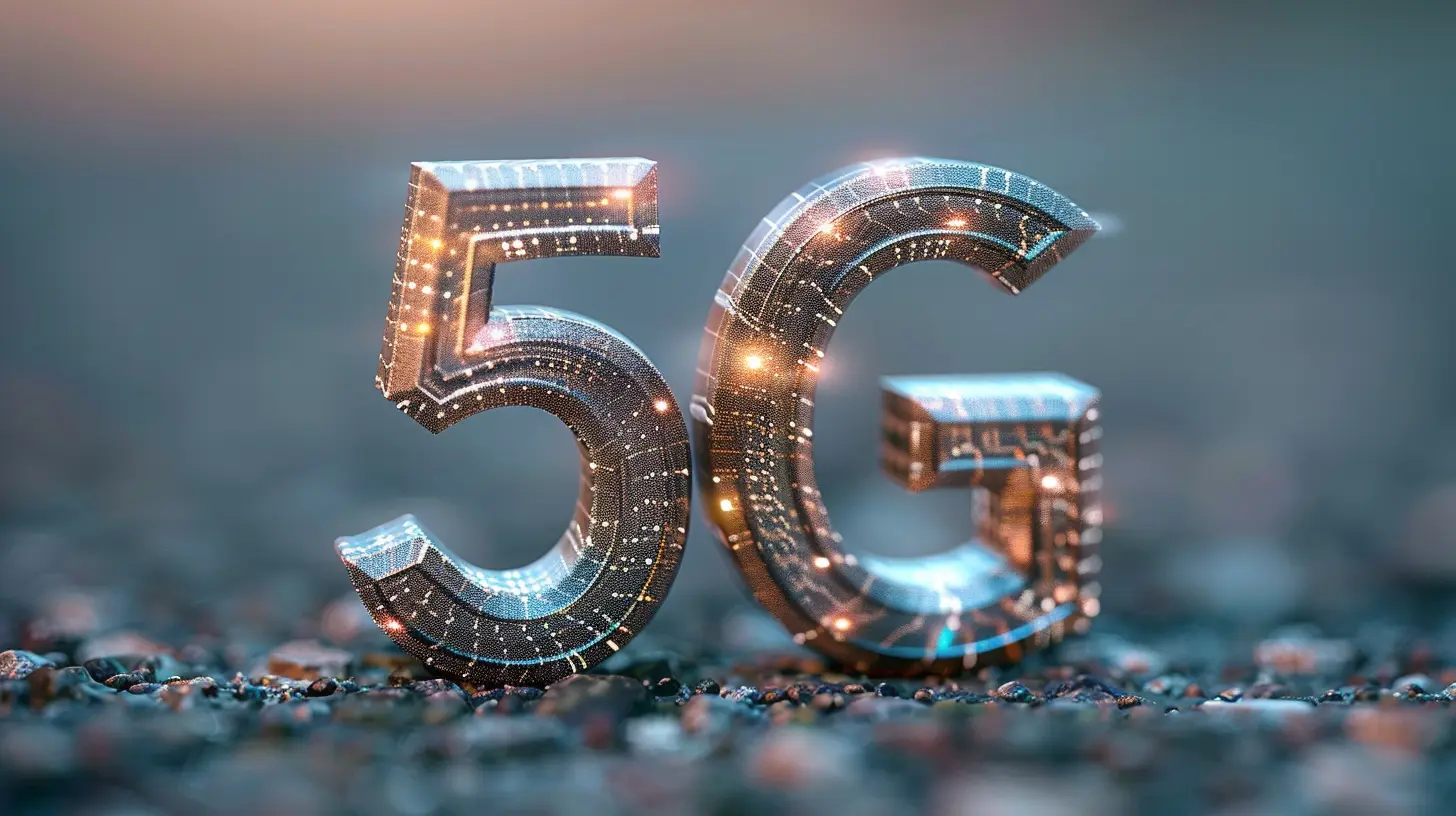
Real-Time Data Sharing = Faster Help
Imagine this: A building catches fire downtown. Firefighters rush to the scene but aren’t sure which part of the building is most at risk. With 5G-enabled tools, they could instantly access building blueprints, thermal imagery from drones, and even real-time video feeds from security cameras inside—all on a tablet or heads-up display.Boom. They can make better decisions, faster.
And it’s not just firefighters. 5G enables:
- Paramedics to send real-time vitals to hospitals before arrival.
- Police officers to get live drone footage of a crime scene.
- Emergency ops centers to coordinate different agencies with GPS-accurate data.
The result? Faster, smarter, and safer responses to just about any situation.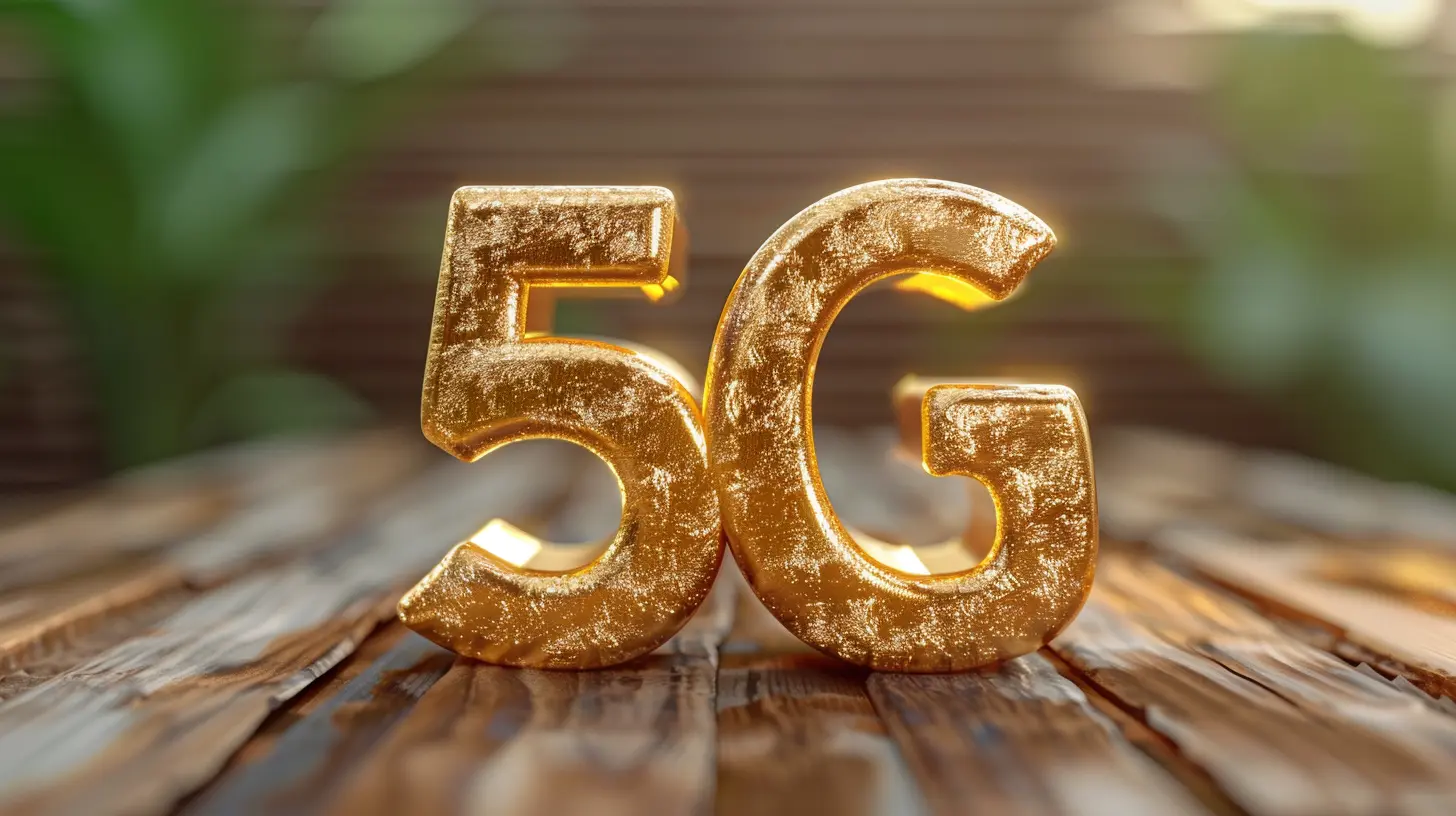
Smart Cities Start With Safer Streets
You’ve probably heard about smart cities—places where everything from traffic signals to street lights are connected. But one of the coolest (and most useful) applications of 5G in smart cities is public safety.Here’s how it works:
- Connected Cameras: Think citywide surveillance that streams HD video in real-time to law enforcement. AI can even analyze patterns to detect unusual behavior.
- Predictive Policing: Using data analytics and 5G-enabled sensors, cities can identify high-risk areas and allocate resources proactively.
- Traffic Management: Emergency vehicles can communicate with traffic lights to get green signals instantly—no more getting stuck in intersections.
It’s like giving the city a nervous system—and 5G is the brain sending the signals.
Drones, Robots, and AR—Oh My!
Now let’s get into the futuristic stuff.Drones That Do More Than Fly
With 5G, drones become more than flying cameras. They can stream 4K video with zero lag, navigate tighter spaces using real-time mapping, and even carry medical supplies. Picture a drone buzzing through a disaster zone to find missing persons or deliver insulin to someone trapped in debris. That’s not sci-fi. That’s 5G tech in action.Robots on the Frontline
In dangerous environments—like a chemical spill or a hostage situation—sending in a robot can save lives. 5G allows these bots to be remotely controlled with surgical precision and almost no delay, even from miles away.Augmented Reality for First Responders
Imagine a firefighter wearing AR glasses that show building layouts and highlight hotspots. Or a paramedic seeing real-time health data overlaid on a patient’s body. 5G’s low latency makes augmented reality fast and reliable enough to truly help in the field.Enhanced Communication—Every Second Counts
You know that frustration when your phone call drops? Now imagine that happening to a firefighter trying to call in backup. Not good.5G drastically improves network reliability and expands communication capabilities through:
- Push-to-Talk over Cellular (PoC): A modern replacement for two-way radios, enhanced by ultra-clear audio and video capabilities.
- Interoperability: Different agencies (police, fire, EMS) can now communicate across devices and platforms without delay or confusion.
- Network Slicing: This lets public safety teams have their own private “slice” of the 5G network, so they’re not competing with civilians for bandwidth during emergencies.
No more network congestion. No more blackouts. Just smooth, uninterrupted communication when it counts the most.
Disaster Response: Faster, Smarter, Better
Natural disasters like hurricanes, floods, or wildfires are chaotic and unpredictable. But with 5G tech, responders can create mobile command centers that operate even in remote or devastated areas. Here's how it helps:- Satellite and 5G Together: They can deploy temporary 5G towers (a.k.a. "cells on wheels") to restore coverage in seconds.
- Crowd Monitoring: Sensors and phones can all feed into a central system to track crowds, identify bottlenecks, and prevent stampedes or panic.
- Supply Chain Visibility: Aid workers know exactly where resources are, and where they’re needed, at all times.
Think of it as upgrading from a walkie-talkie to the Starship Enterprise's communication hub.
Privacy and Security—Because It Matters
Of course, with all this connectivity comes the big question: What about our privacy?It’s a fair concern. Live surveillance, constant tracking, facial recognition—it can feel a bit “big brother,” right?
That’s why it’s crucial that 5G public safety systems are built with cybersecurity and data protection in mind. Encryption, access control, and transparency need to be part of the package. Trust is key if we want tech to help—not harm—our daily lives.
Challenges Along the Way
Let’s not sugarcoat it—5G isn’t a magic wand. It faces its own set of challenges:- Coverage gaps, especially in rural areas.
- High infrastructure costs for installing new towers and equipment.
- Inter-agency coordination for sharing networks and platforms.
- Training public safety personnel to use new tools effectively.
Still, the benefits far outweigh the hurdles. And as governments and tech companies partner up to fund these initiatives, we’re inching closer to a safer, smarter public safety ecosystem.
Real-World Use Cases Already Happening
If you think this is all theoretical, think again. Here are some real-life examples where 5G is already stepping up:- South Korea: Police are using 5G-enabled facial recognition to find missing persons in crowded areas.
- USA (Los Angeles): Fire departments have started experimenting with drones that stream over 5G to monitor wildfires in real-time.
- Finland: Emergency services use 5G-powered triage systems to assess patients remotely during large-scale events.
This isn't a sneak peek at the future—it's already here. And we’ve only just scratched the surface.
Final Thoughts: 5G Is More Than Just Speed
So here’s the bottom line: 5G isn’t just about making your Netflix stream faster or downloading apps in a flash. It’s about revolutionizing how we respond to emergencies, protect our communities, and save lives.From drones and robots to real-time video streams and smart city grids, 5G is becoming the secret weapon in the fight for public safety. Sure, there are challenges to tackle, but the potential is jaw-dropping.
Next time you hear someone talk about 5G, just smile and say, “Yeah, it’s fast. But did you know it could actually save lives?
all images in this post were generated using AI tools
Category:
5g TechnologyAuthor:

Reese McQuillan
Discussion
rate this article
1 comments
Audrey Hernandez
5G and public safety? Finally, we can call for help without that frustrating ‘can you hear me now’ moment! Just imagine: faster response times, smarter surveillance, and maybe even fewer of those awkward 'where's my phone' searches while trying to dial 911!
August 17, 2025 at 12:14 PM

Reese McQuillan
Absolutely! 5G's enhanced connectivity can significantly improve emergency response times and efficiency in public safety, making communication seamless during critical moments.
